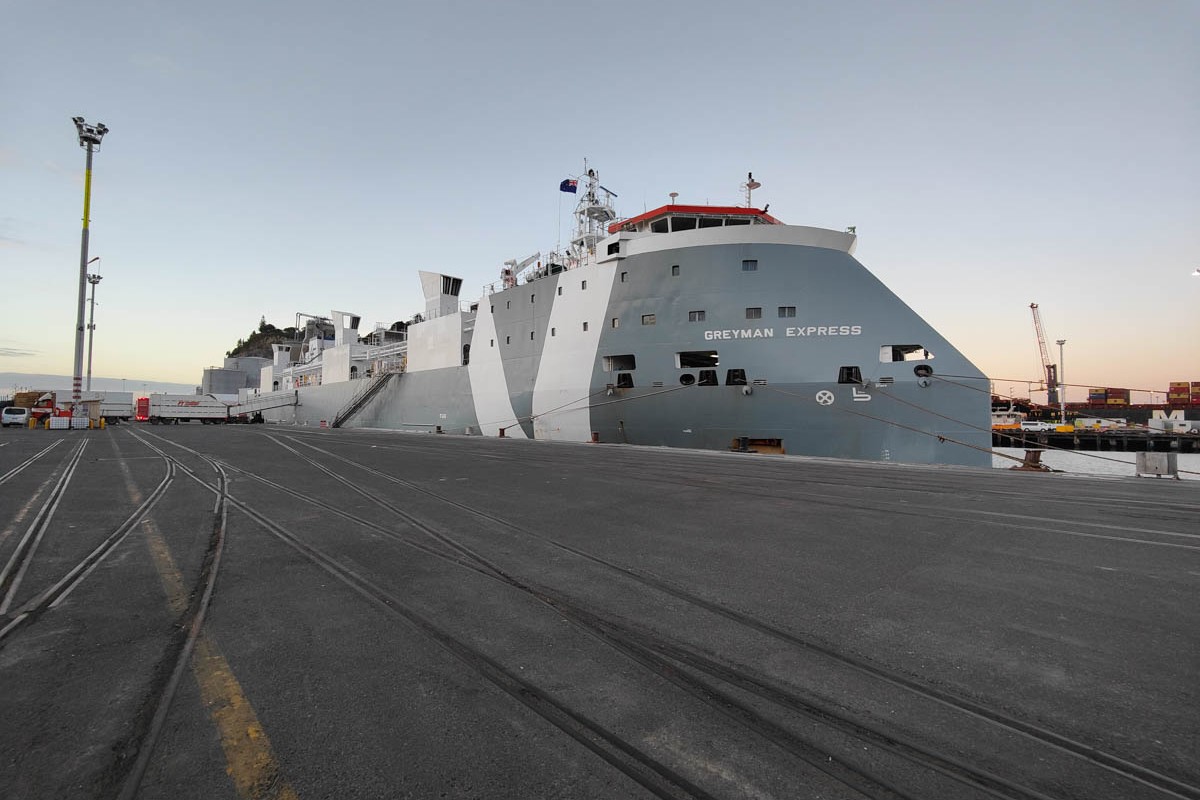Lynda Gray
A $2000 sediment trap is one of several small but significant and effective environmental enhancing steps taken on the McCall family’s West Otago farm.
The development of the silt filtering trap on the eastern boundary of the farm stemmed from a blocked tile drain as well as encouragement from members of the Pomahaka Water Care Group, Bill McCall says.
The group was keen to get a demonstration trap built so the McCalls ran with the idea. They took advice from Bill’s brother Lloyd, PWCG chairman at the time, who had information on sediment traps through group dealings with environmental consultant Roger MacGibbon.
‘You have to start somewhere and it’s a step-by-step thing. The important thing is to get on with it and do something.’
Building of the trap started with the clearing of the drain and digging out of a small settling pond. An 80 square metre area was fenced and the margins of the trap and streamway planted in Carex grasses and toetoe transplanted from elsewhere on the farm, and a few cabbage trees (Cordyline australis).
Since construction the trap has been cleared of sediment once, and another dung out is due soon. The water entering and exiting the area has been tested fortnightly since January 2018 by the Otago Regional Council and the results are encouraging.
A number of people and groups have come to view the area, and the hope is that they’ll be inspired to develop a trap on their own farms.
However, Bill suspects that what’s stopped some from following through is the resource consent required by the Otago Regional Council. The McCall’s went ahead without consent and hope that the improvement in water quality test results will persuade the ORC – who test the water fortnightly from the site – to quash the requirement.
The sediment trap is just one example of back-up measures that support environmental best practices followed on the farm. Another simple and cheap measure is a 10m length of sediment cloth offset from a fence at the bottom of this year’s fodder beet crop to collect run-off and sediment.
“It’s about keeping the soil in the paddock and we’ve used straw bales to the same effect,” Bill says.
Bill and Pam have completed a B+LNZ Level 1 and 2 Environmental Farm Plan and encourage other farmers to do the same.
“You have to start somewhere and it’s a step-by-step thing. The important thing is to get on with it and do something.”
The plan has helped them prioritise environmental mitigations which are mostly around the fencing and protection of the many spring fed waterways to prevent sediment run-off. Changed onfarm management includes direct-drilling rather than cultivation for establishment of swede crops and a change in cattle policy
from grazing of R1 rather than R2 dairy beef cattle.
The McCall’s environmental efforts go beyond the farm gate. Bill is a member of B+LNZ Environmental Forum as well as chairman of the southern South Island Farmer Council.
Pam is secretary of the PWCG, a farmer driven group established in 2014 with the goal of promoting practical ways of improving water quality in the south and west Otago catchments.
They both made submissions on the recent environmental and water quality proposals. Bill made particular mention of the grandparenting proposals which on a relatively low emission farming system such as theirs would stifle innovation, devalue the property and make it difficult for their son Gareth to diversify to achieve farm succession. He was also critical of some of the suggested rules around winter grazing which he says are unworkable in an area such as West Otago where the growing and feeding of crop is an essential practice.
“The grass stops growing in May and we need to have 500,000kg of drymatter to get us through the winter so crops are the only way.”
Pam’s submission was about how the proposals, allied with the general push for pine tree planting would negatively impact the local community. She was also involved in the Pomahaka Group’s submission which emphasized how the farmers-working-with-farmers approach had led to a range of successful projects, the success of which was backed by water quality test figures.
At least two years of sampling is needed to get a true picture of how water quality is changing, Pomahaka Catchment Group facilitator Craig Simpson says.
“There is definitely going to be seasonal differences, an example is the reduction in E. coli. In summer last year the results were amazing, but through the winter less impressive.”
Also, the results include outliers brought about by adverse weather events such as heavy rainfall.
He says that strategic placement of several small sediment traps and tree plantings in steep areas; uncultivated swales in dips and gullies; and sediment cloth are relatively inexpensive ways of dealing with the problem of sediment.
“Sediment can be very damaging to the environment so controlling it is good stewardship.”
McCall family
- Bill and Pam, and son and daughter-in-law Gareth and Thea
- Waikoikoi, West Otago
- 420ha (400 effective) rolling hill and flat top country running 5000 stock units, 90% sheep breeding/lamb finishing; 10% dairy beef finishing.
Water quality results
Fortnightly testing averages since January 2019.
Average reduction
- Turbidity 23%
- Suspended Solids 49.75%
- coli 62%
- Total Nitrogen 24%
- Ammoniacal Nitrogen 69%




